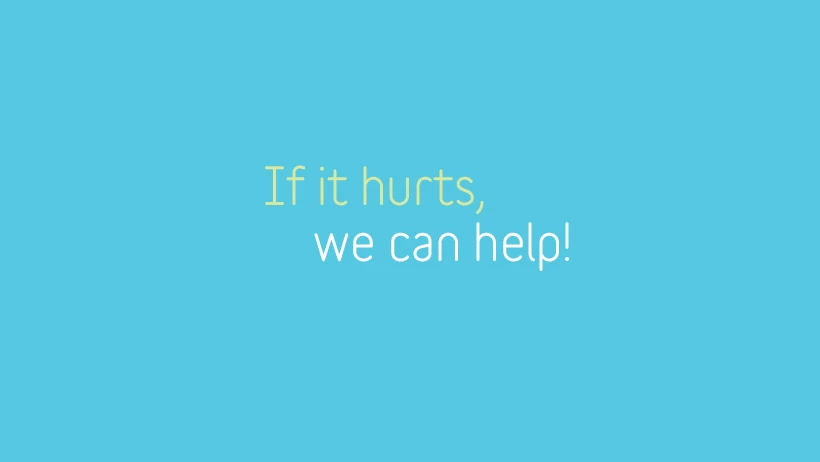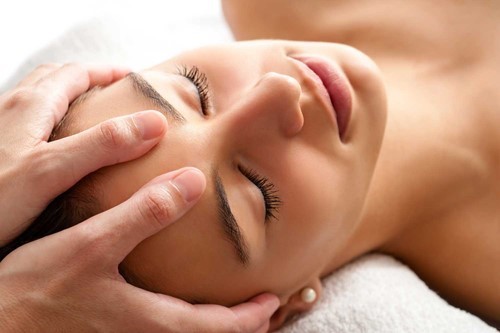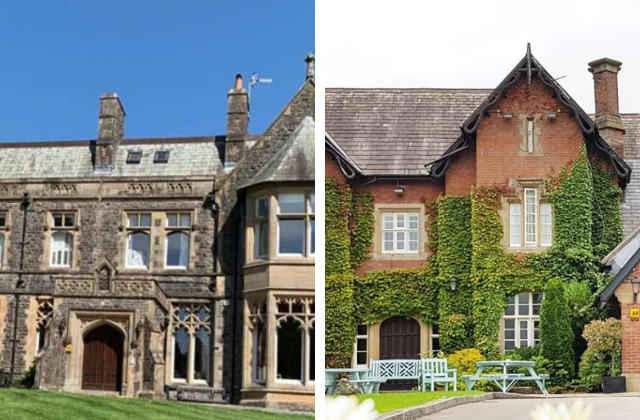Elaine House is a degree qualified reflexologist (MAR.IIR) and a member of the Association of Reflexologists (AOR). She has over 15 years of experience delivering this service at the highest level.
What are the benefits of Reflexology?
Reflexology is said to have a number of benefits, and can vary from person to person. Here are just a few of the benefits reflexology has been credited for and the types of conditions the benefits link to:
Improved nerve function (useful in diabetes/neuropathy) Reduced stress levels (useful in conditions worsened by stress like asthma) Boosted energy levels (useful in chronic fatigue conditions and general improved health) Increased blood circulation (useful in speeding healing and for poor circulation) Relaxation (useful for all conditions!) Decrease muscle tension (useful for muscle knots and mechanical pain) Improved concentration (useful for improved mental health and function)As well as these examples, Reflexology has been credited with boosting metabolism, relieving sinusitis, eliminating toxins and reducing headaches
What is Facial Reflexology?
Facial reflexology works on the same principle as regular reflexology. During this non-invasive therapy, your practitioner will apply light, upwards stroking movements towards your hairline. Pressure is then applied to various points of your face to treat the individual issues that you require.
Across the cheeks and around the eyes, for example, encourages healing and health in the lungs, whilst the reflex zone around the cheeks and nose promotes kidney health.
It can also help to improve areas of your life such as sleep quality, stress levels and nerve function – facial reflexology can provide a wealth of benefits for your skin too! The motion of the movement helps to work the facial muscles and release muscular tension, which can result in a younger, radiant glow and firmer, plumper skin – not unlike the effects seen following ‘Botox’.
Can Reflexology benefit me?
Reflexology is a therapy beneficial to anyone at any age due to its positive effects on well-being, as well as illness or injury. While everyone is different, our bodies internally all operate in a similar way. All the systems and organs of our body are said to be mirrored or reflected in other smaller peripheral areas, which a reflexologist is trained to understand.
What happens when I go for reflexology treatment?
First of all, you will be asked to complete a consultation form, (this can be done prior to the treatment) This helps the therapist to understand you and your needs. There is no need to undress. The areas to be worked will be uncovered before being made comfortable for your relaxing treatment.
Our therapist uses their hands and finger tips to apply pressure to certain reflex zones on either the face, lower leg, hands or feet. The aim of the therapy is to make you as relaxed as possible, and so aid the healing process both mentally and physically. This therapy should be a pleasant experience.
If you would like any more information, or you would like to speak to our reflexologist, Elaine, before you book, you can use our FREE online advice service before you book, here.























